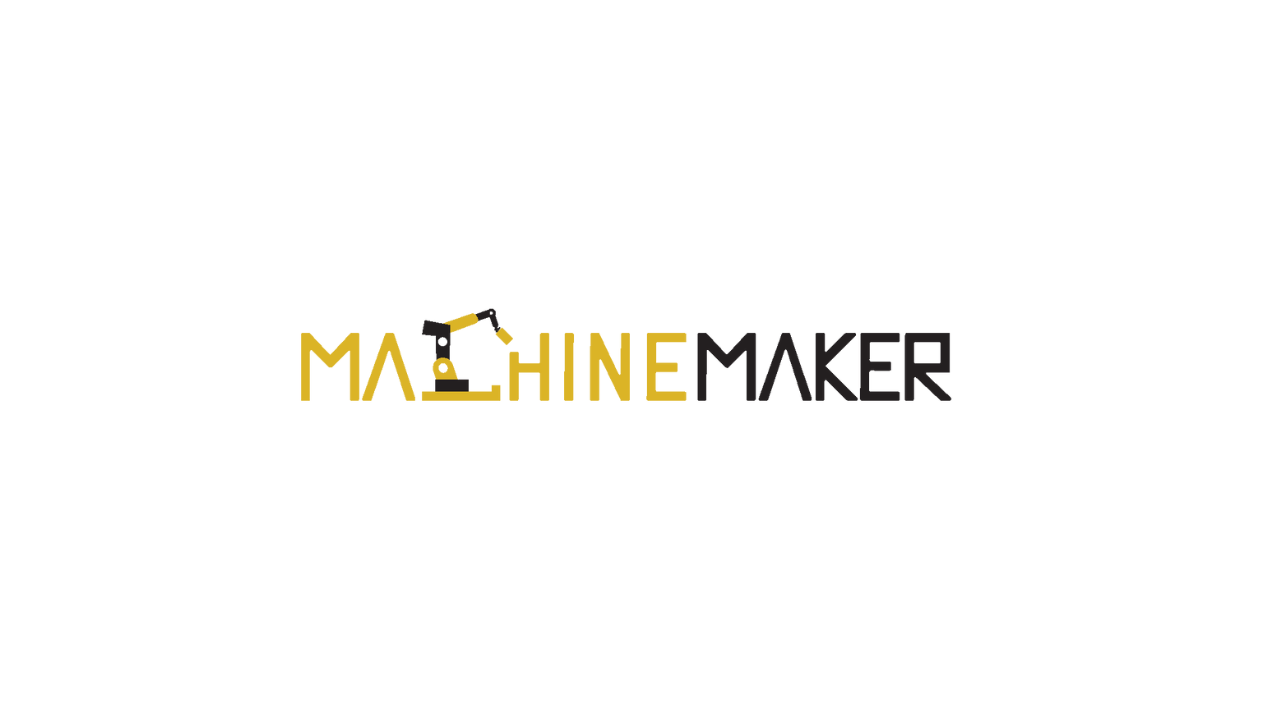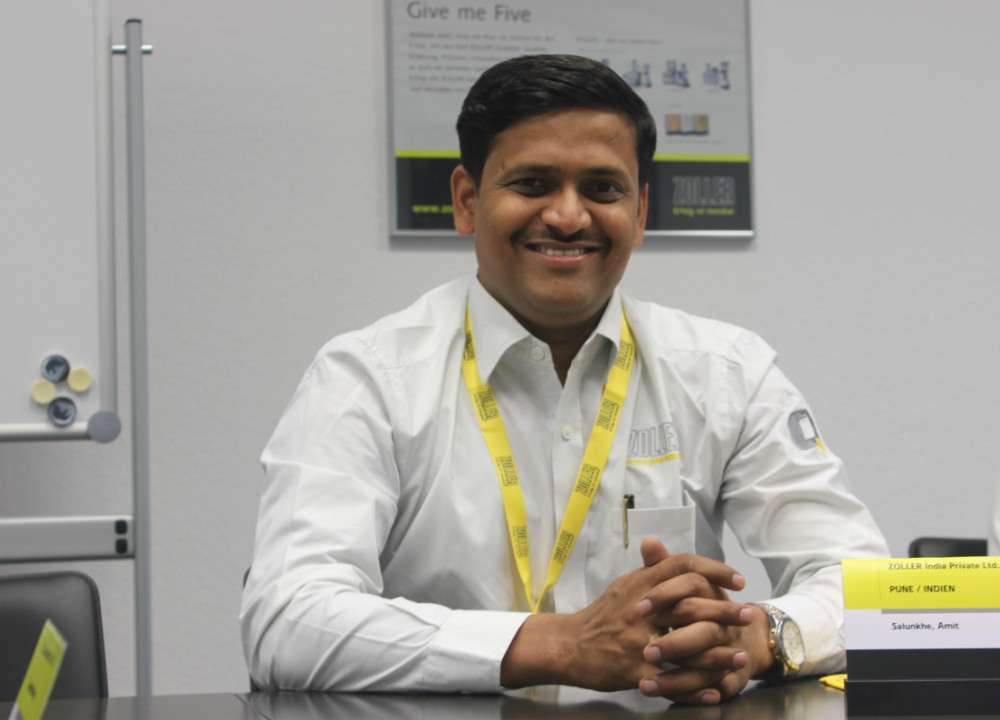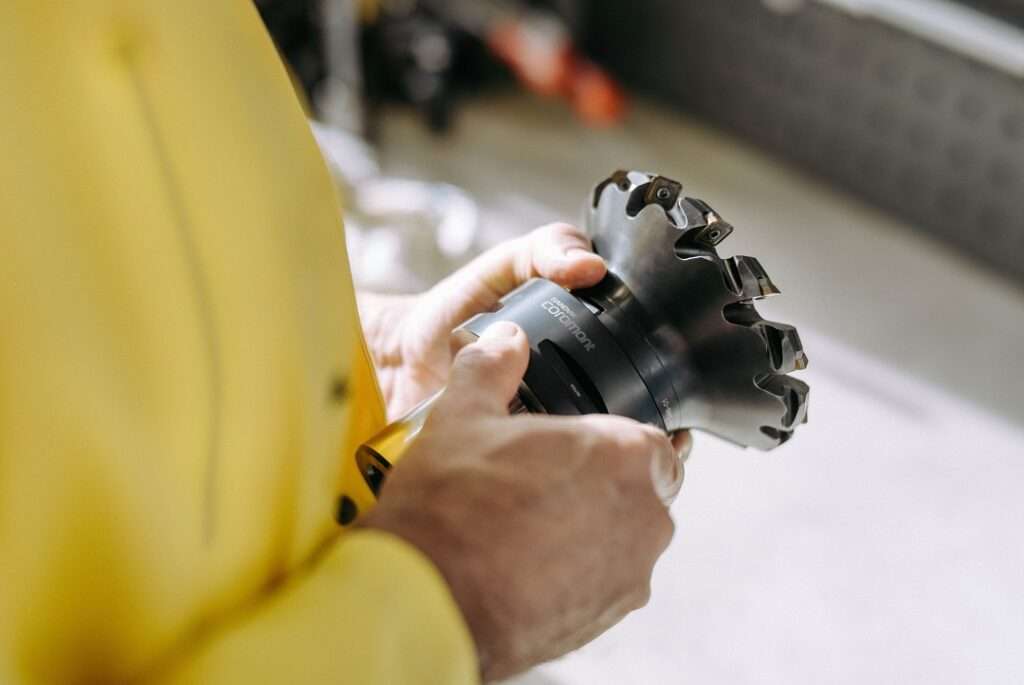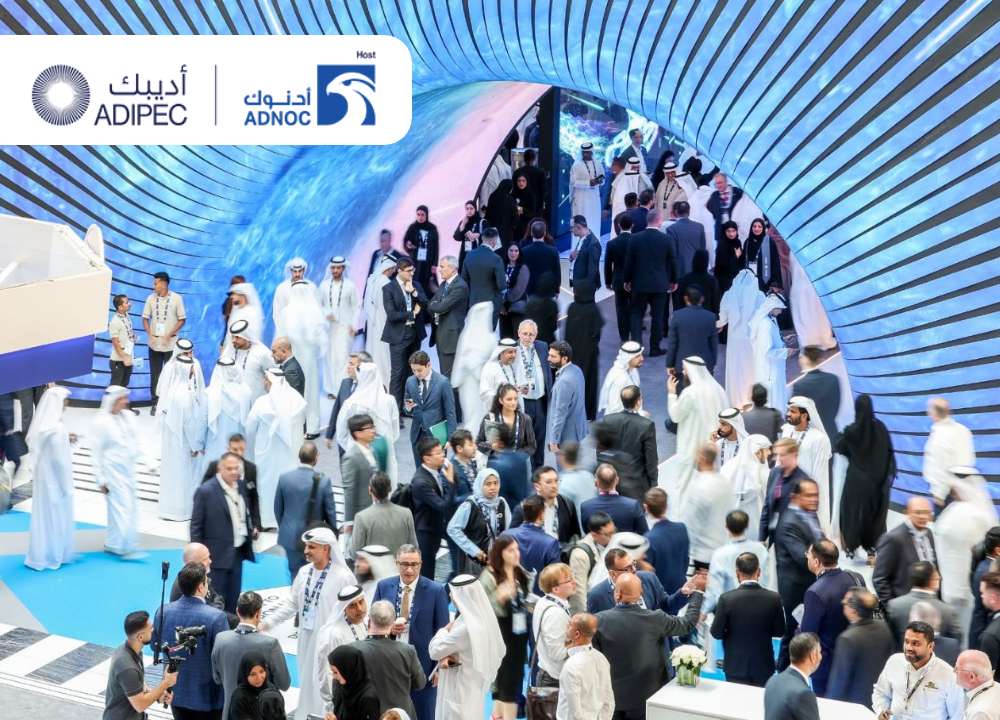Shot blasting is a crucial surface treatment method in various industries, aiming for optimal outcomes while meeting customer demands for quick turnaround, cost-effectiveness, and minimal material usage. Rösler meets these needs by employing cutting-edge simulation software, which reduces engineering time, particularly for large, intricate machinery, and ensures faster equipment availability.
For more than 80 years, Rösler Oberflächentechnik GmbH, a privately owned company, has been involved in the field of surface preparation and finishing. They provide a wide range of equipment, consumables, and services related to mass finishing and shot blasting technologies across various industries. Their portfolio includes approximately 15,000 consumables, developed in their Customer Experience Centers and laboratories worldwide.
They also offer equipment solutions and services for additive manufacturing/3D printing under the brand name AM Solutions. Additionally, the Rösler Academy serves as our central training center, offering practical, hands-on seminars on mass finishing, shot blasting, and additive manufacturing. With a global network of 15 locations and around 150 sales agents, the Rösler group is well-equipped to serve customers worldwide.
Shot blasting stands out as a highly effective method for surface cleaning, deburring, and preparing surfaces for painting or coating, as well as for shot peening. This technology plays a crucial role in achieving optimal surface finishes, whether to ensure smooth downstream manufacturing processes or enhance the functional properties of a product.
In the realm of shot blasting and other industrial procedures, customers are constantly challenged to boost productivity and cost-efficiency while minimizing the consumption of valuable resources. Rösler provides robust support to its clients by offering cutting-edge simulation software during the initial planning stages for new shot blast equipment, particularly focusing on process refinement and enhancement.
The Rösler simulation software enables the visualization of each step in the shot blasting process and its impact on workpieces through a 3D model. This includes details such as the type of blast media, the quantity thrown, and the media flow. By using particle simulation, the software can accurately determine the amount of blast media needed and the required impact energy to achieve complete coverage on different surface areas of the workpiece.
Additionally, it assists in determining the necessary turbine power, optimal turbine placement, and design of suitable workpiece fixtures. These simulations aid in the development of shot blast machinery and processes to achieve optimal results with minimal turbine usage, low energy consumption, and reduced machine wear. They also help in lowering capital expenditures, operating costs, and the use of resources.
Furthermore, simulations allow for the planning of shot blast machinery for new workpieces based on CAD data well before the actual workpieces are available as prototypes. This saves time by enabling shot blast machines to begin productive operation immediately upon commissioning. It eliminates the need for time-consuming and expensive processing trials with actual workpieces. Additionally, simulations provide insights into whether specified blast results can be achieved on workpieces with certain geometries.
Designing and implementing large, high capacity shot blast machines for treating oversized components, such as those measuring 20 x 5 x 4 meters (L x W x H), presents significant challenges. Typically, there are no machines available for conducting processing trials on such large workpieces. In such scenarios, simulation and virtual planning of shot blasting processes become crucial for achieving optimal blasting results and equipment efficiency.
Accurately depicting blast patterns and media flow in the simulation reduces overall investment risk and shortens the planning and commissioning time of shot blast machines. When it comes to shot blasting entire batches of relatively small workpieces, such as in multi-tumbler blast machines (RMT), the effective mixing of workpieces and blast media can significantly impact processing results and cycle times.
The software enables the simulation and optimization of the tumbling action of workpieces in the drum-shaped blast chamber, leading to the shortest possible process times. This simulation and optimization can result in cycle time reductions of approximately 25% per batch, leading to a considerable increase in capacity. In shot blast machines, the turbines and dust collectors consume the most energy, whether for standard or large machines.
To address this, the software package includes a unique air flow simulation module. This module calculates the necessary air volume to effectively remove the dust generated during blasting. By improving the air flow, it may be possible to use a smaller dust collector, reducing energy consumption. Optimizing the air evacuation system also helps shorten cycle times, boosting productivity.
Rösler enhances the energy efficiency and longevity of their blast turbines by utilizing digital twins. These digital replicas allow for a virtual analysis of wear areas in the turbine, enabling the implementation of geometric modifications to reduce wear. Other simulations focus on improving turbine efficiency, leading to further energy savings.
The extensive use of simulation software in the design and optimization of shot blast equipment and processes significantly reduces lead times for Rösler shot blast machines. This approach also delivers substantial energy savings and lower wear rates, providing significant benefits to customers.
Simulation systems are also used for mass finishing processes involving complex workpieces. In the past, developing mass finishing processes for intricate and hard-to-machine workpieces, like knee implants, required numerous processing trials. Rösler now employs simulation technologies to address such complex applications, typically handled in drag finishers.







